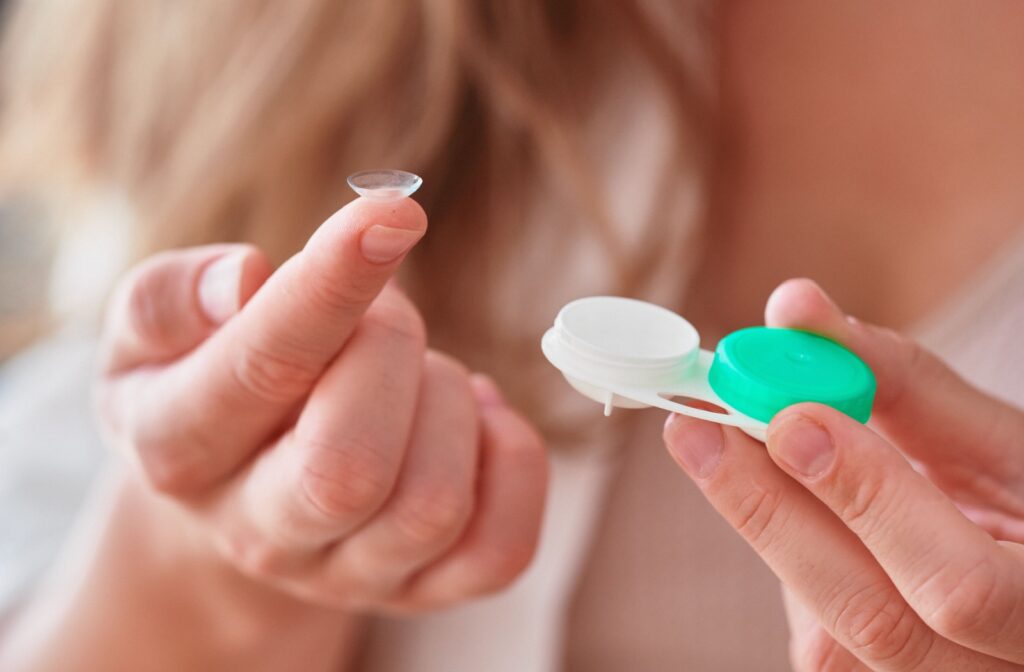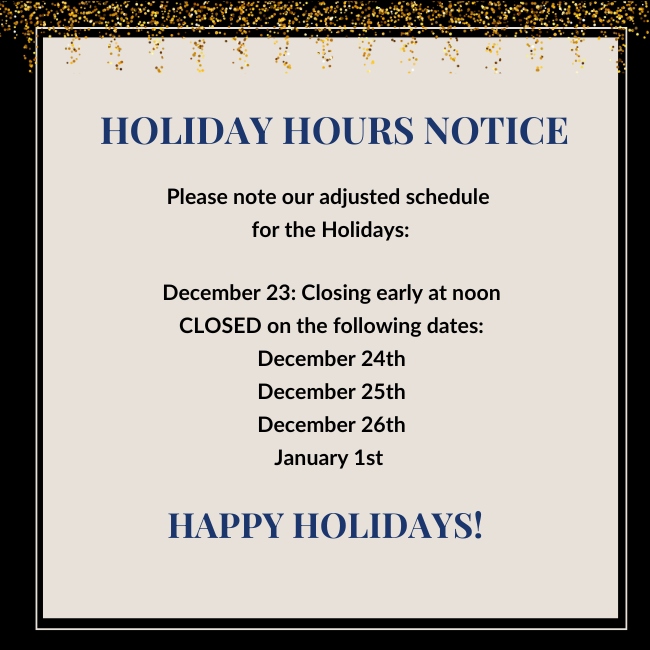Wearing contact lenses with dry eyes can feel like a losing battle until you find the right pair. Thanks to major advances in lens materials and moisture retaining technology, comfort and clarity no longer have to compete.
The best contacts for dry eyes include daily disposables, silicone hydrogel lenses, and specialty scleral lenses that are designed to support hydration and all day comfort.
Knowing which lens features to look for and how a professional can help makes all the difference in long term comfort and eye health.
Understanding Dry Eye & Contact Lens Challenges
Dry eye occurs when your tear film doesn’t provide adequate lubrication for your eyes. This happens either because you don’t produce enough tears or because your tears evaporate too quickly. When you add contact lenses to the equation, the challenge becomes even more complex.
Traditional contact lenses can disrupt your natural tear film, creating additional dryness. They may absorb moisture from your eyes or prevent tears from spreading evenly across your cornea. However, there have recently been breakthrough developments in contact lens materials and designs to address those challenges.
Common symptoms that indicate you might need specialized dry eye contacts include:
- Burning or stinging sensations while wearing lenses
- Excessive tearing that doesn’t provide relief
- Blurry vision that improves when you blink
- Feeling like something is stuck in your eye
- Difficulty wearing lenses for extended periods
Top Contact Lens Types for Dry Eye Relief
Here are some of the recommended types of contact lenses that might help with dry eye relief:
Daily Disposable Lenses
Daily disposable lenses represent the gold standard for contacts for dryness. Each morning, you start with a fresh, sterile lens that hasn’t accumulated deposits, proteins, or allergens. This clean slate approach eliminates many irritants that can worsen dry eye symptoms.
The benefits extend beyond cleanliness. Daily lenses typically contain higher water content and are made from materials that resist dehydration throughout the day. Popular options include lenses with built-in moisturizing agents that provide continuous eye dryness relief.
Silicone Hydrogel Lenses
Silicone hydrogel materials benefit contact lens comfort for dry eye sufferers. These lenses allow more oxygen to reach your cornea compared to traditional hydrogel materials. Better oxygen flow helps lead to healthier eyes and reduced dryness-related complications.
The silicone component also helps these dry eye contacts retain moisture more effectively. They’re designed to work with your natural tear film rather than competing with it, making them a good choice for all-day wear.
Scleral Lenses
For severe dry eye cases, scleral lenses might be the route to better relief. These larger lenses vault over your cornea and rest on the white part of your eye (the sclera). The space between the lens and your cornea creates a reservoir filled with saline solution, providing constant hydration. While scleral lenses require more specialized fitting and care, they can be life-changing for people who’ve struggled with other contact lens options.
Advanced Dry Eye Treatment
For patients with severe dry eye, there are advanced treatments that can improve your contact lens tolerance. OptiLIGHT by Lumenis uses intense pulsed light therapy to address the root causes of dry eye, potentially making contact lens wear more comfortable.
We also provide meibomian gland expression and other specialized treatments that can improve your natural tear film quality. These therapies often work synergistically with the right dry eye contacts to provide comprehensive relief.

Features to Look for in Dry Eye Contacts
When choosing contact lenses for dry eyes, certain features can greatly improve comfort and support long-term eye health. Here are the top features to look for:
- Moisture-retaining technology: Many modern lenses include wetting agents or use materials that attract and retain water, helping your eyes stay hydrated throughout the day.
- High oxygen permeability: Look for lenses with a high Dk/t value, which means more oxygen can pass through to your cornea. This supports tear production and helps prevent dryness-related discomfort.
- UV protection: UV-blocking lenses can reduce environmental triggers that aggravate dry eye symptoms, adding another layer of protection for sensitive eyes.
These features work together to support more comfortable, consistent vision for people dealing with dry eye symptoms. Your optometrist can recommend a combination based on your eye health and lifestyle.
Professional Fittings Makes the Difference
A comprehensive contact lens exam evaluates your tear film quality, corneal shape, and lifestyle needs to recommend the most suitable options.
During your fitting, we’ll assess several factors:
- Your current tear production and quality
- How your existing lenses interact with your tear film
- Your daily activities and environmental exposures
- Any underlying conditions that might affect lens wear
We also provide guidance on proper lens care and techniques to maximize your eye dryness relief. This personalized approach ensures you get the most benefit from your new dry eye contacts.
Discover the Right Lenses for Dry Eyes
Dry eyes don’t have to mean giving up on contact lenses. With options like daily disposables, silicone hydrogel lenses, and specialty scleral lenses, comfortable wear is possible with the right guidance.
Book your contact lens consultation today with Professional Eyecare Centers and take the first step toward clearer, more comfortable vision.




